Braveheart won five Academy Awards on its release twenty years ago and took its place in the pantheon of iconic historical movie epics.
copyright: Paramount/20th Century Fox. Claimed under fair use.
For a lot of people, it remains the one thing they remember about Scottish history.
Which is ironic, really, because as film critic Sharon Krossa noted: “The events aren’t accurate, the dates aren’t accurate, the characters aren’t accurate, the names aren’t accurate, the clothes aren’t accurate—in short, just about nothing is accurate. ‘
Mel Gibson, as William Wallace, and his fellow Scots look stirring before the Battle of Stirling, painted in woad and showing off their knees in fetching tartan kilts.
Trouble is, the Scots had stopped wearing woad a thousand years before and it was still another few centuries before they gave the world belted plaid.
William also has an affair with Isabella of France, by whom she has a son - the film implies that the boy becomes the future Edward the Third of England.
copyright: Paramount/20th Century Fox. Claimed under fair use.
The problem with this plot point is that Isabella was three years old and living in France at the time of the affair, and only nine years old when William died.
A Scots friend of mine also assures me that William’s rallying speech before Stirling: ‘They can take our lives but they will never take our freedom!’ sounds implausible.
He reckons a true Scot would have said: ‘They can take our lives but they will never take our money!’
What is interesting to me is what a curious culture we have; directors and screenwriters can take outrageous liberties with history, yet we won’t accept even the smallest inaccuracy from historical novelists. No complaints: that’s just the way it is.
If I wrote Braveheart as a novel I wouldn’t get five awards - I’d end up like William Wallace - hung drawn and quartered. (Did anyone say tomatoes?)
photo: Scott Neeson
We eschew historical fiction that is not properly researched, and rightly so I think; do it in a movie and it won’t affect your box office in any way.
A final note on Isabella. The real truth is that when she grew up, she became a very interesting person indeed, not just a hairy Highlander’s love interest.
She invaded England and threw Longshank’s son - and her former husband - off the throne.
Something Mel Gibson never came close to doing, with or without his woad and his hairy knees.



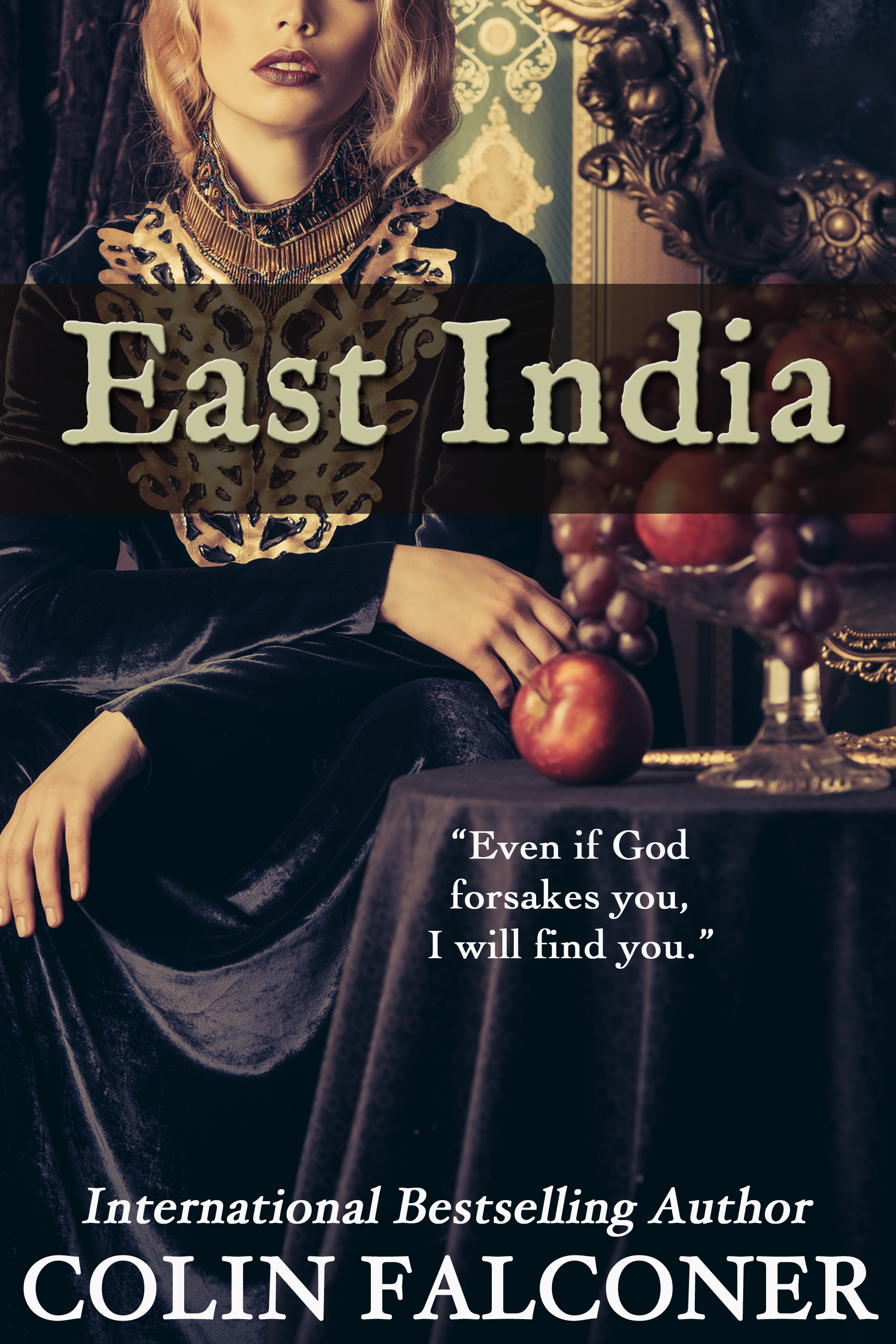
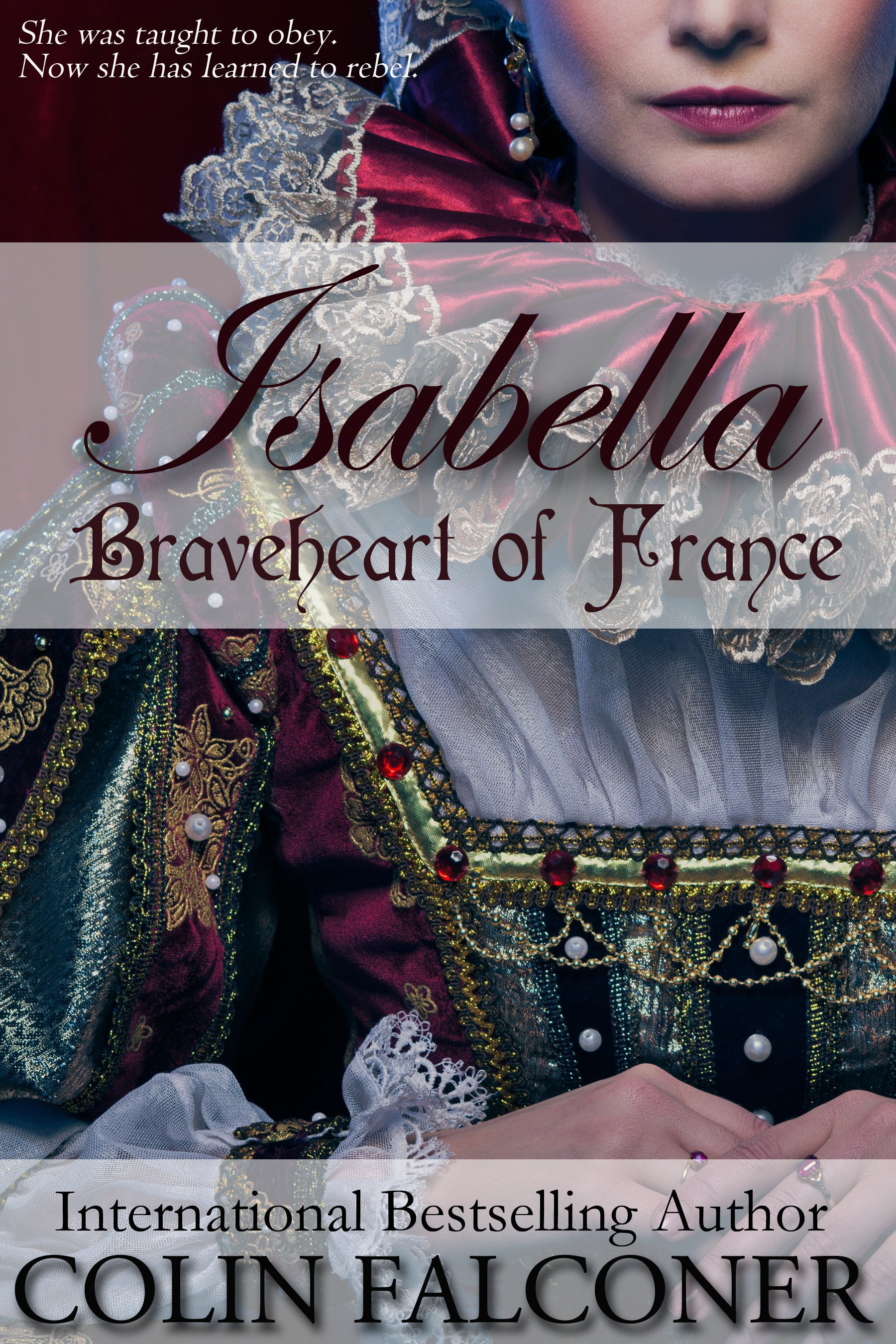
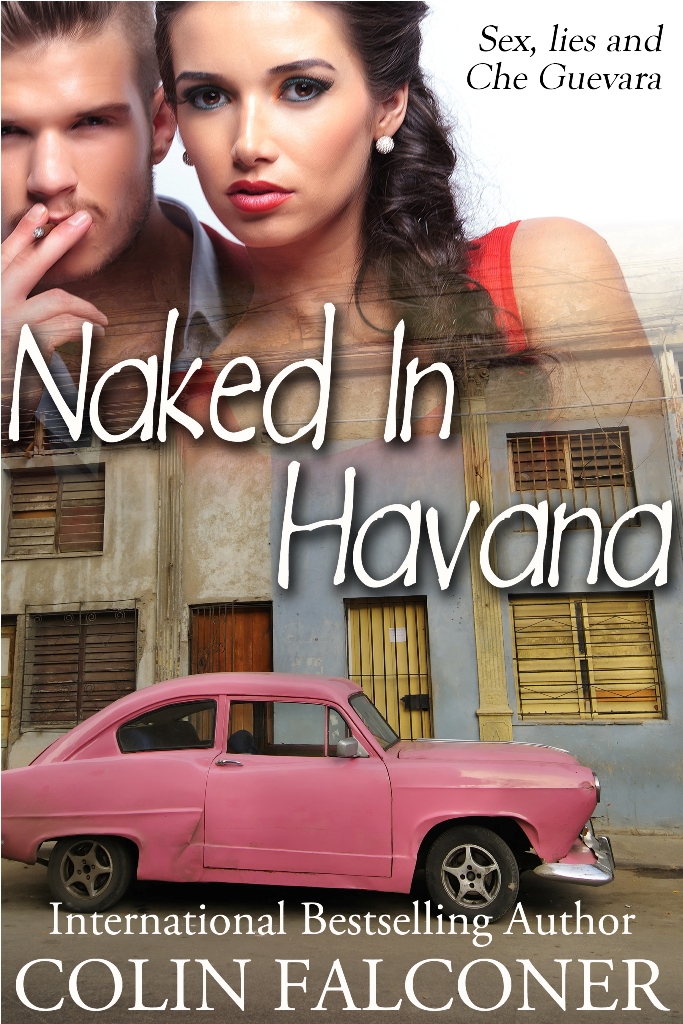
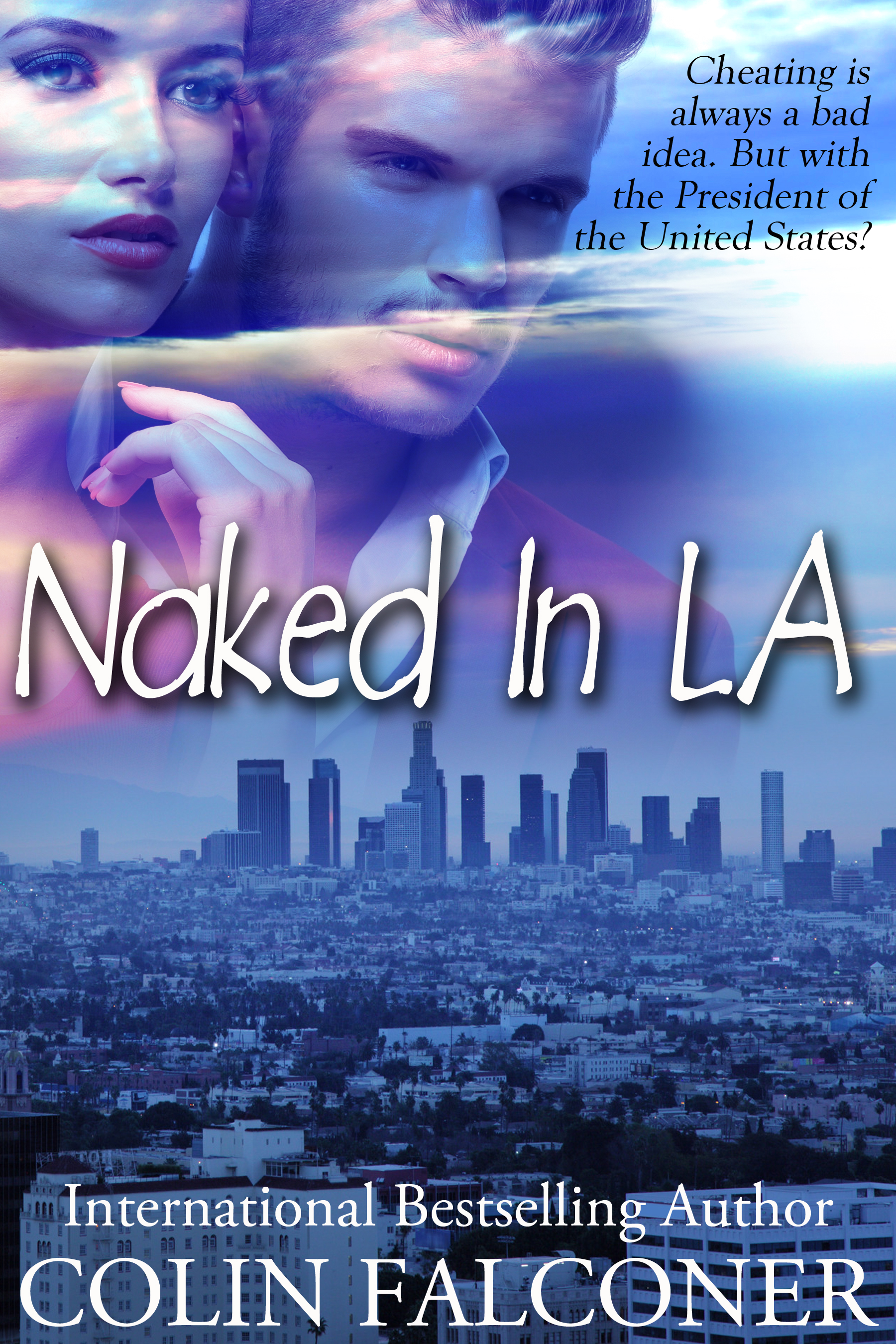
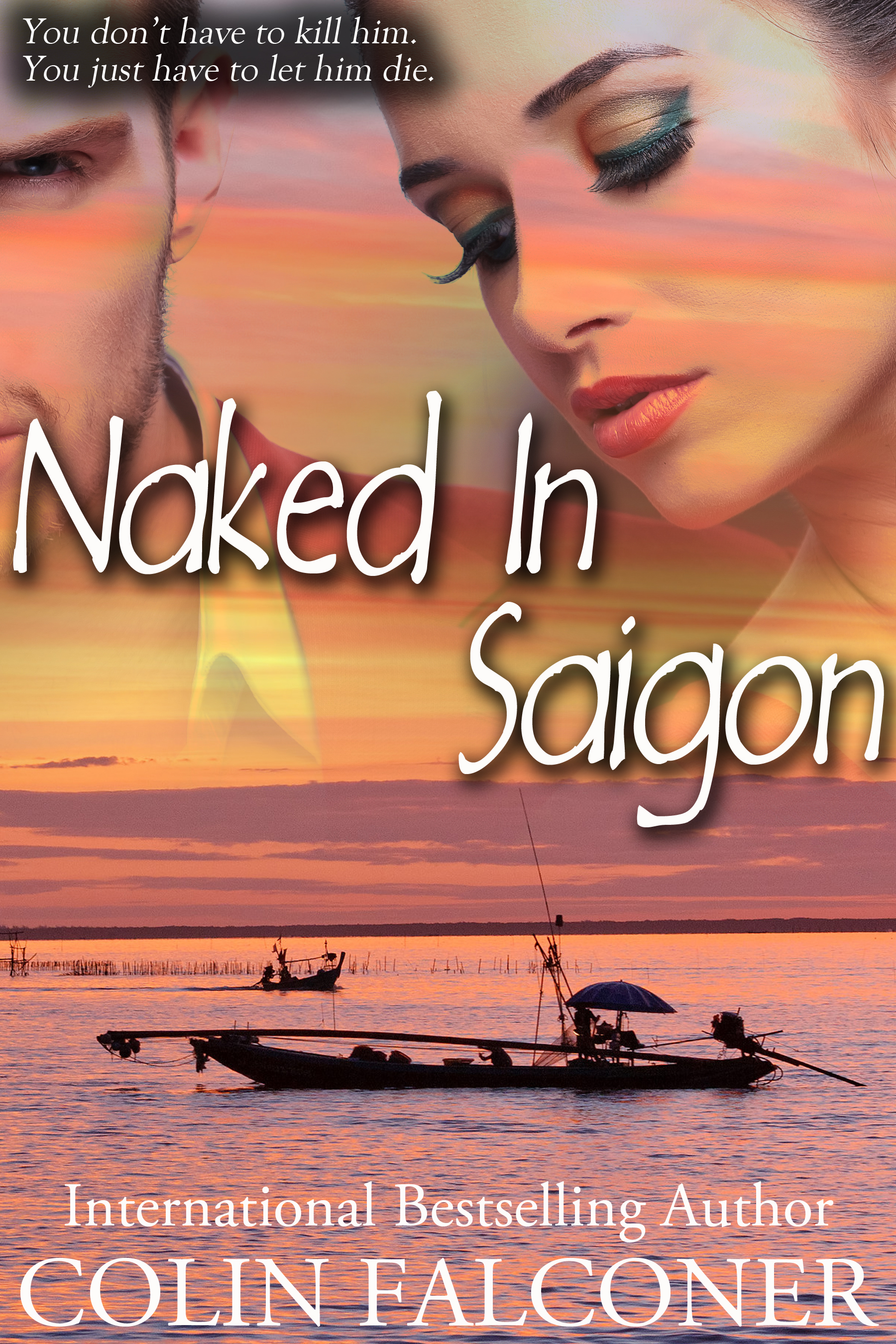
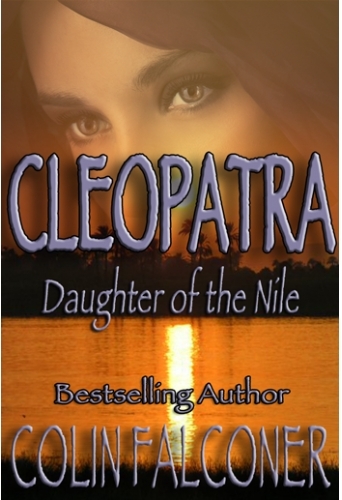
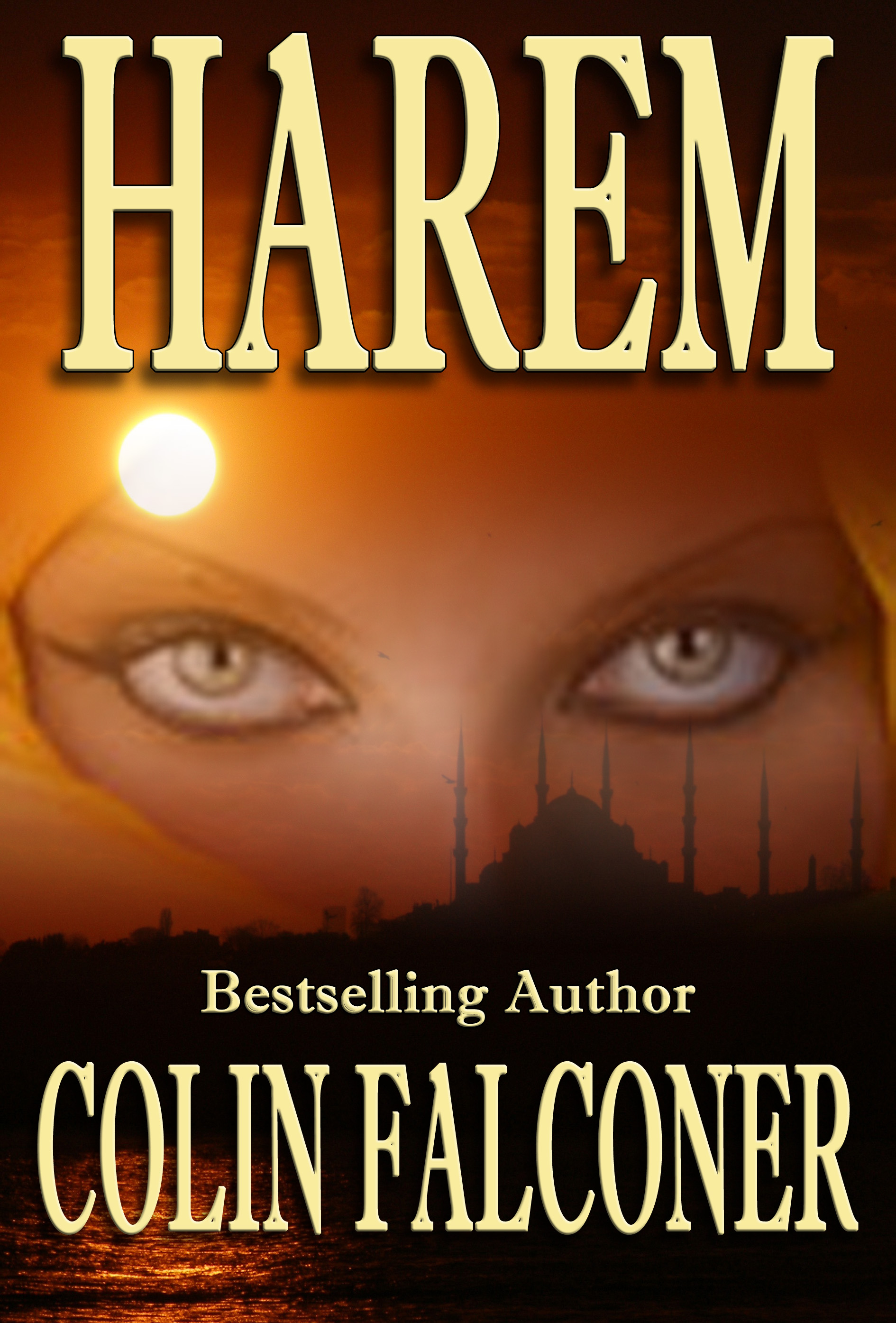
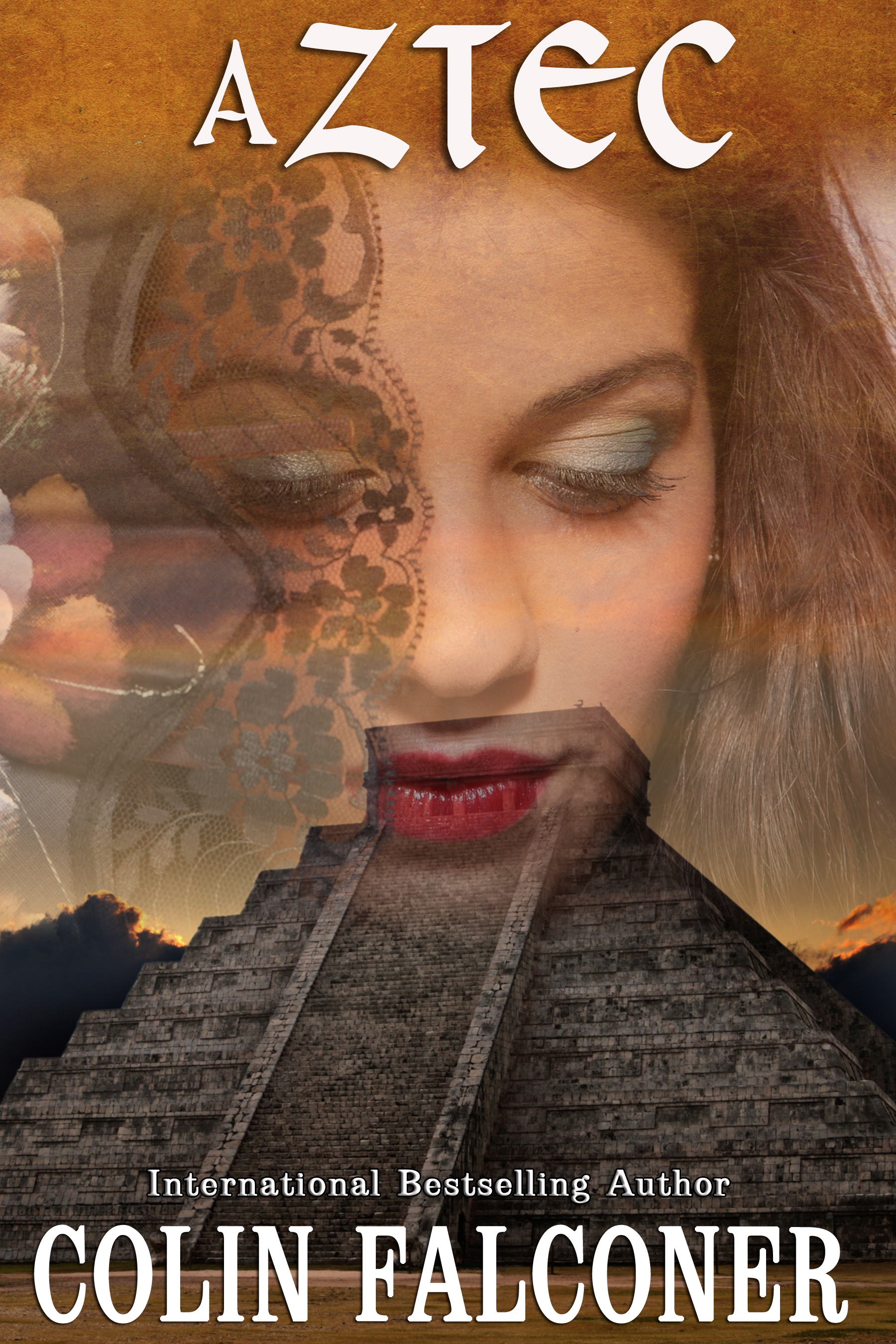
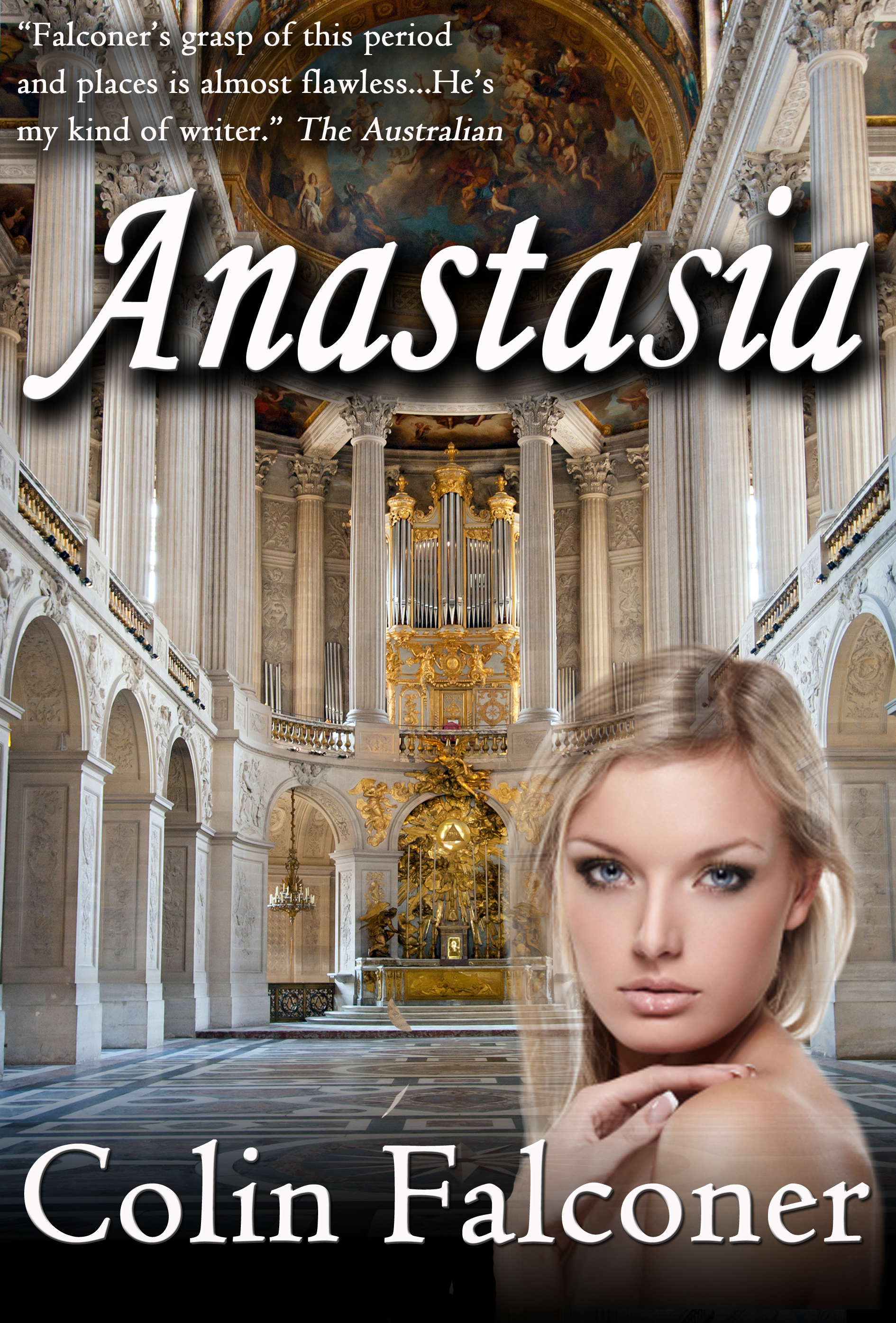
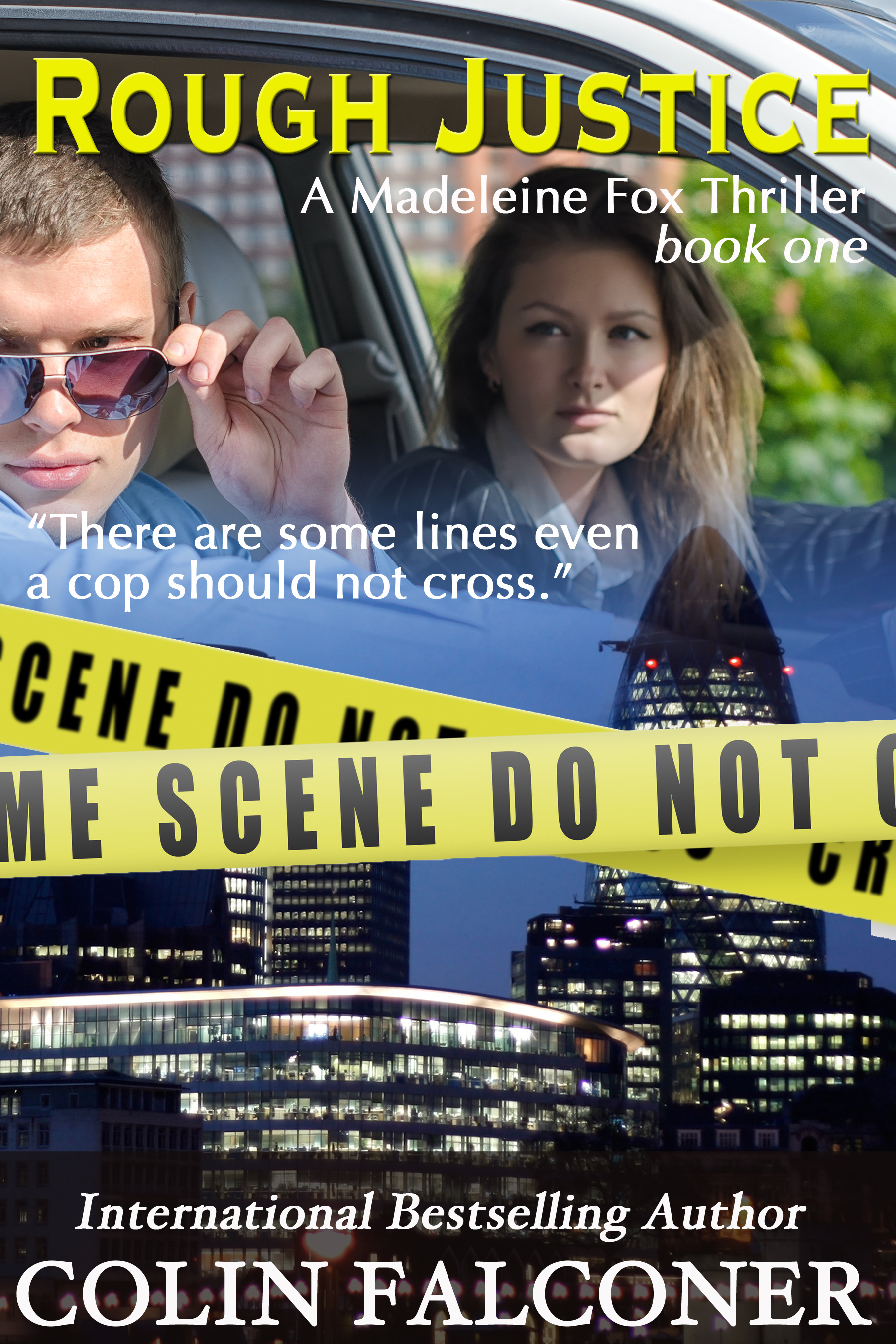
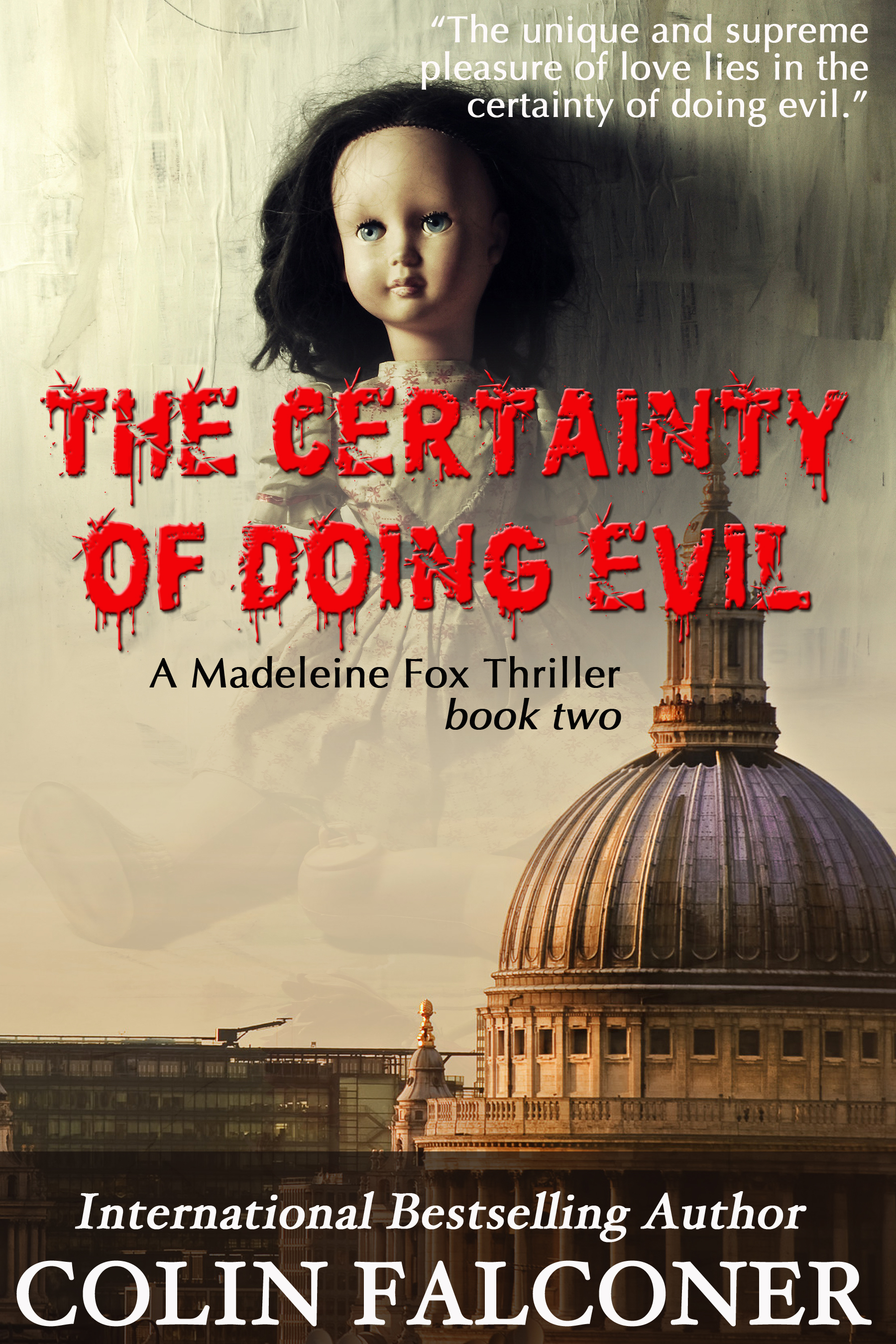
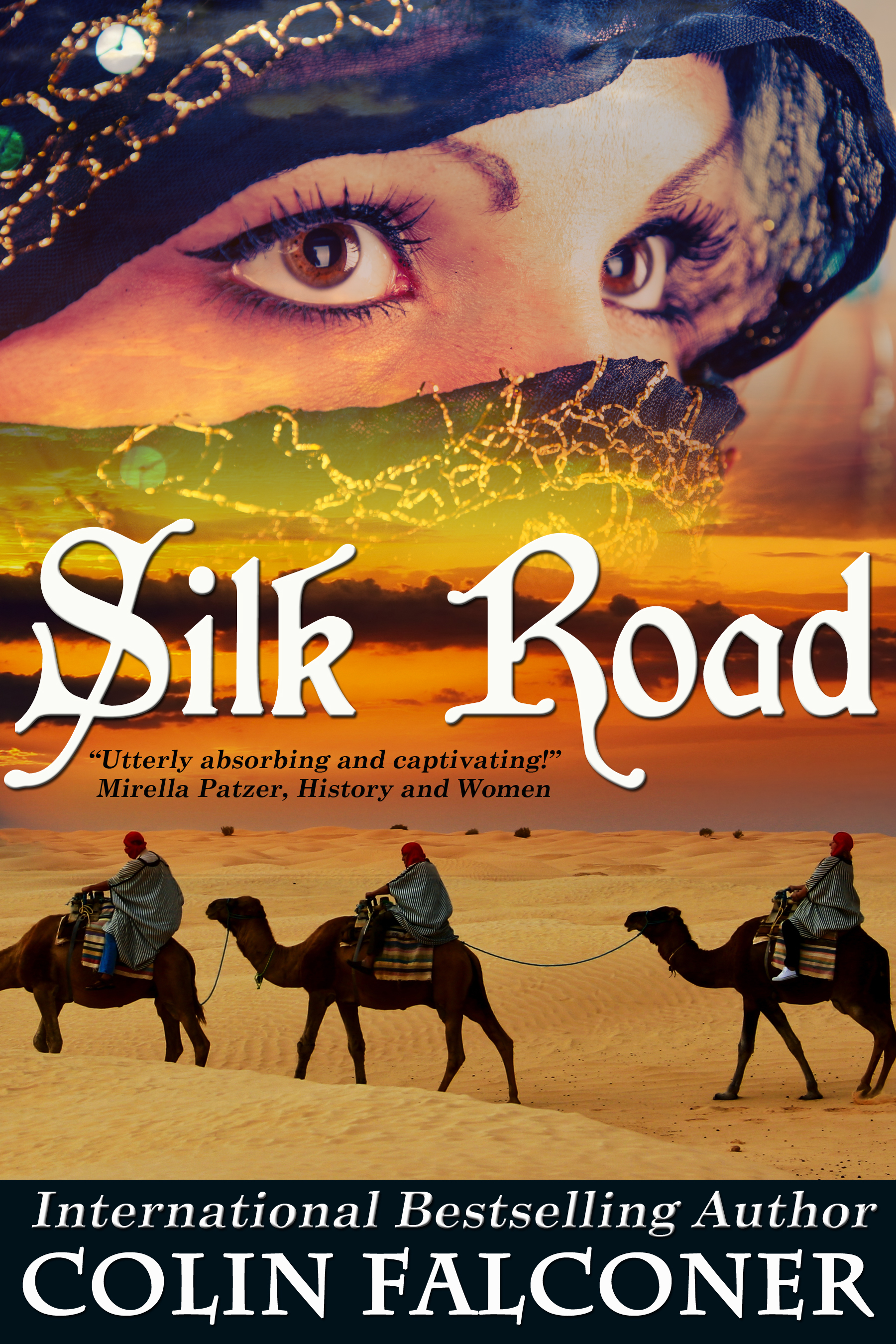
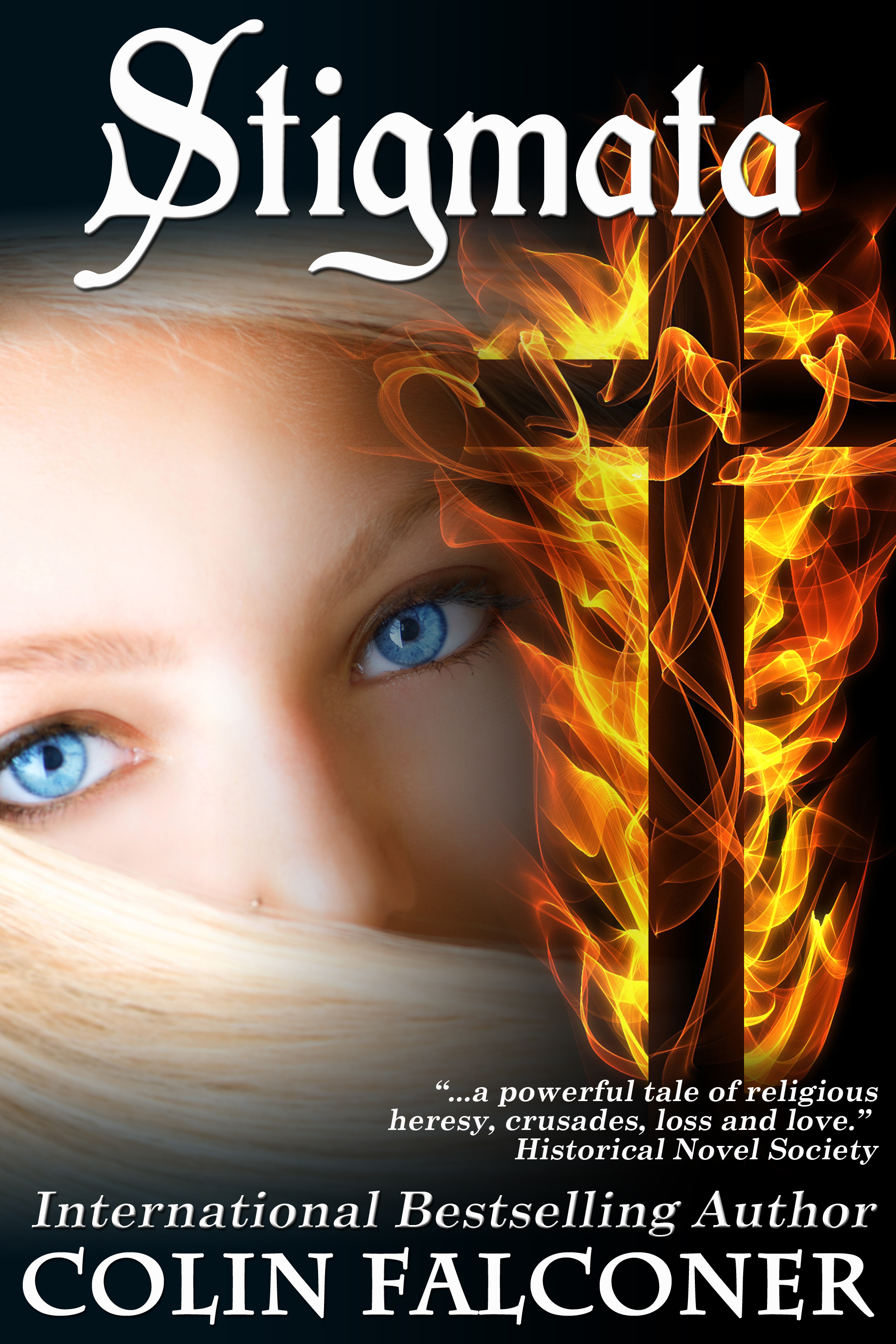
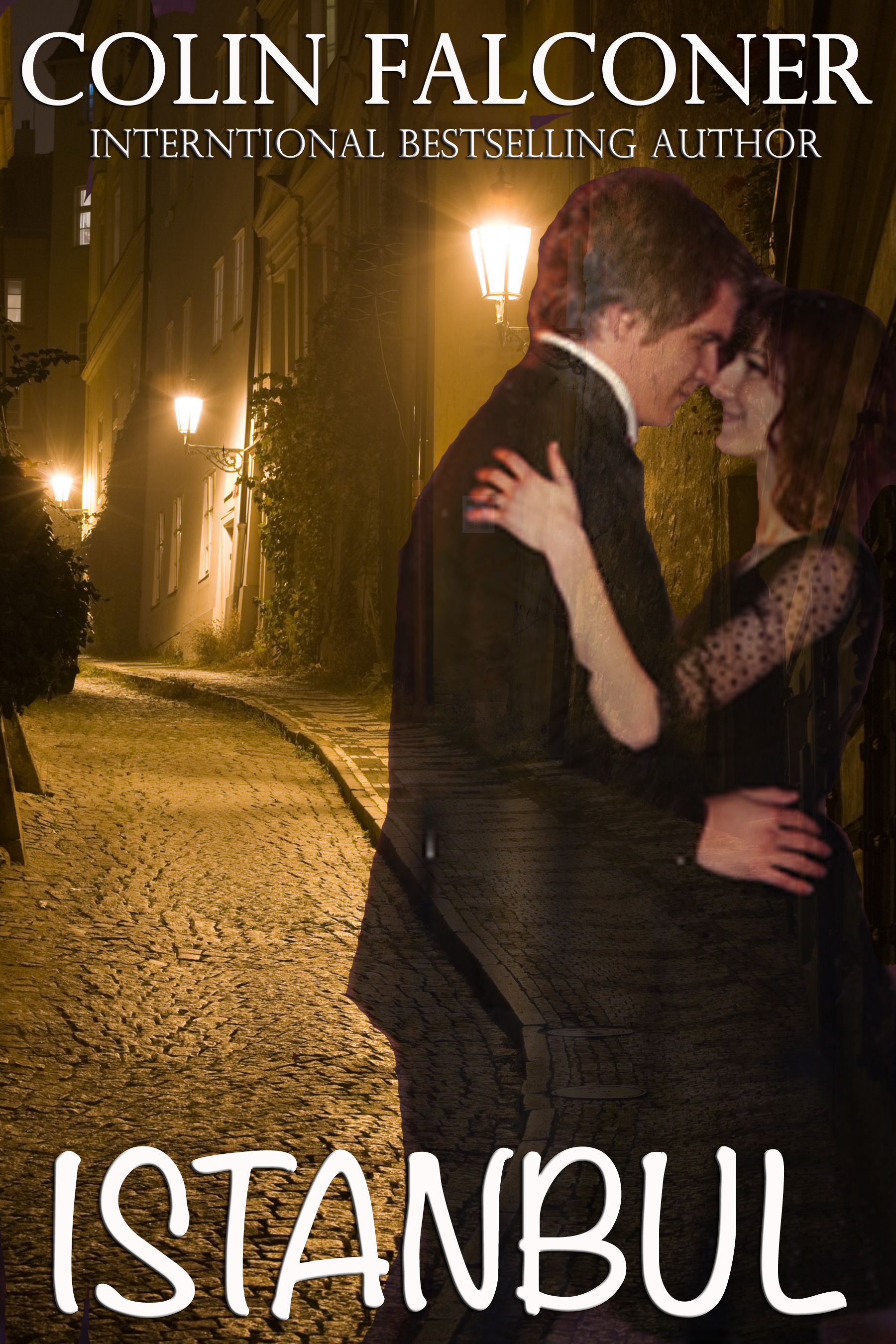

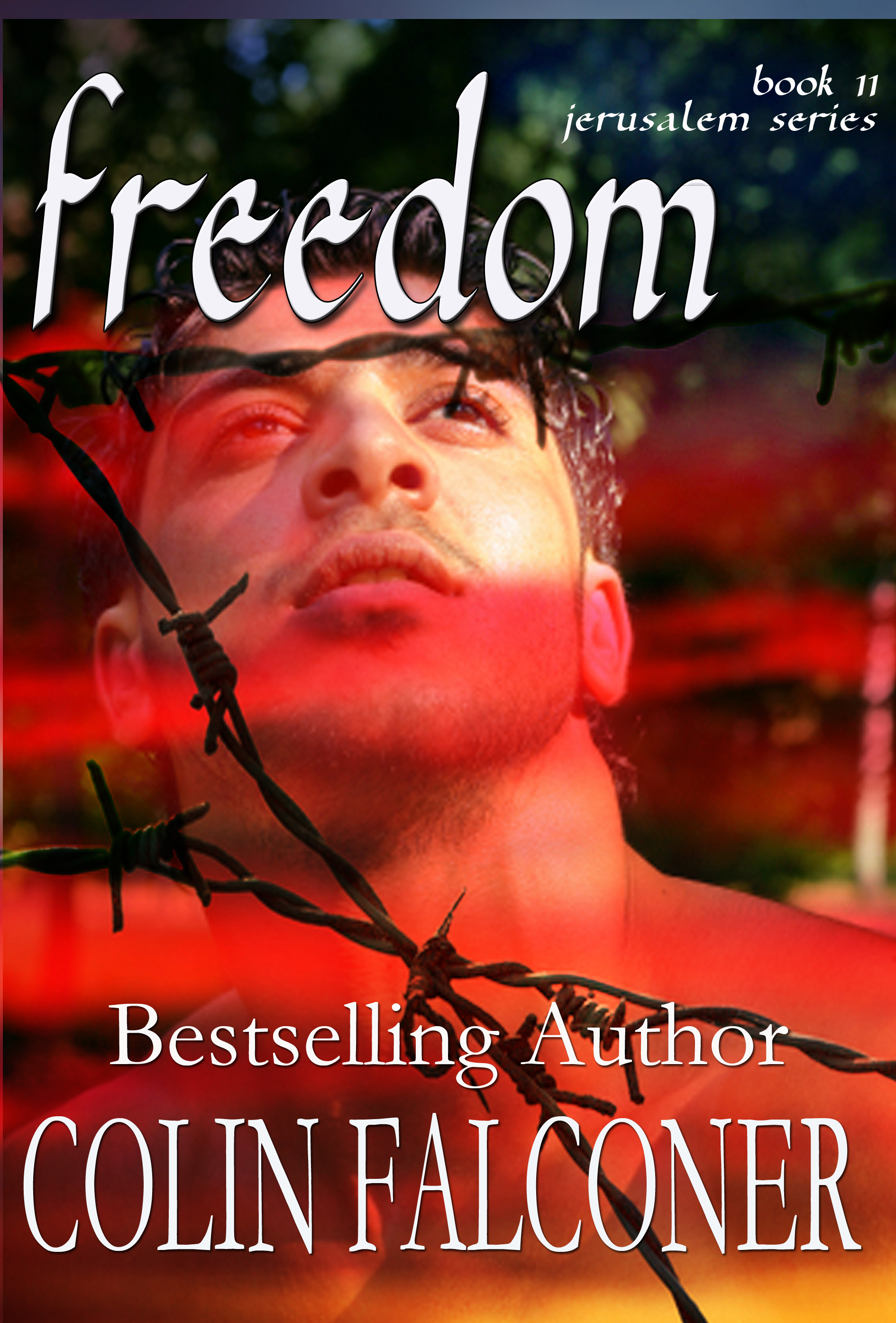
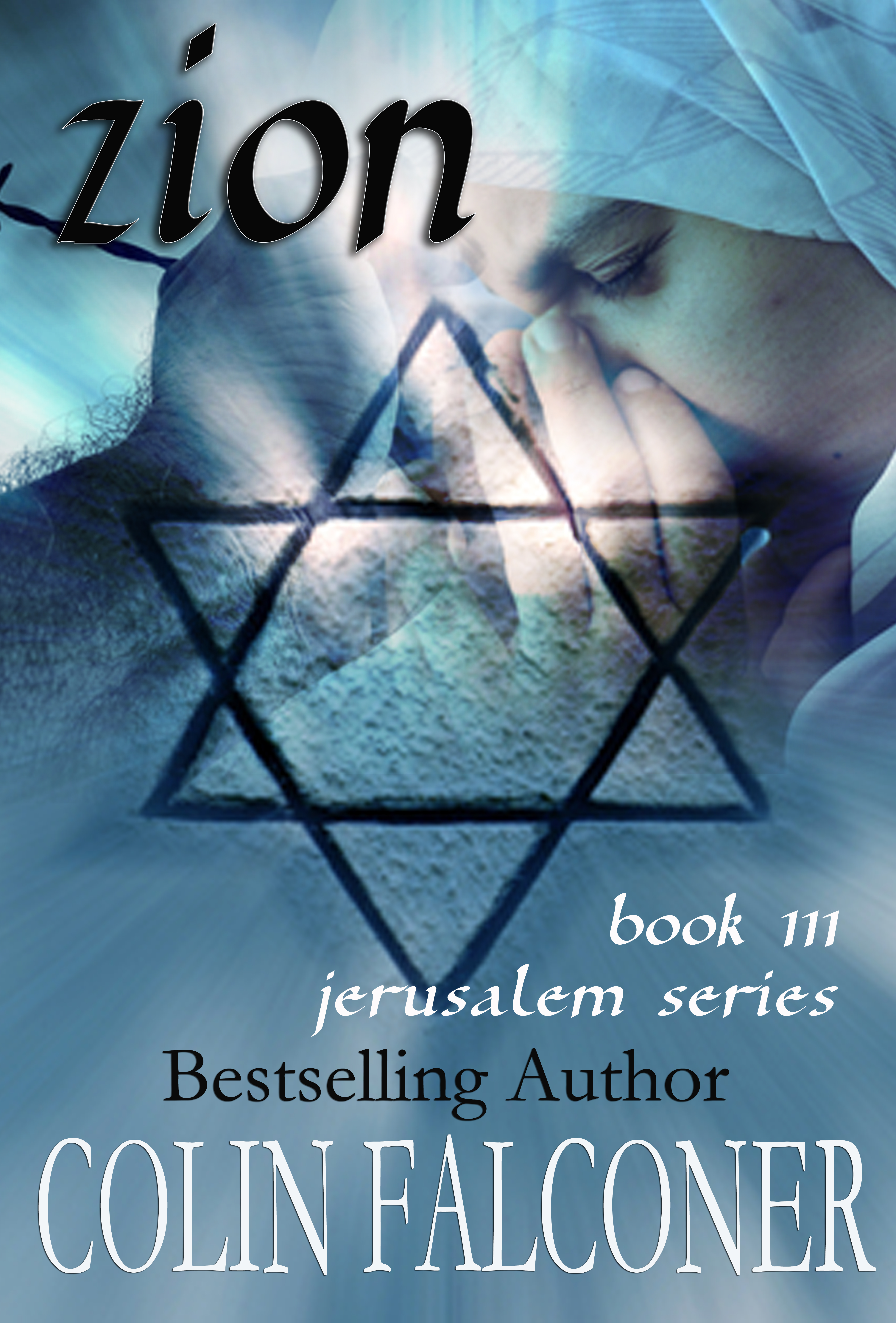

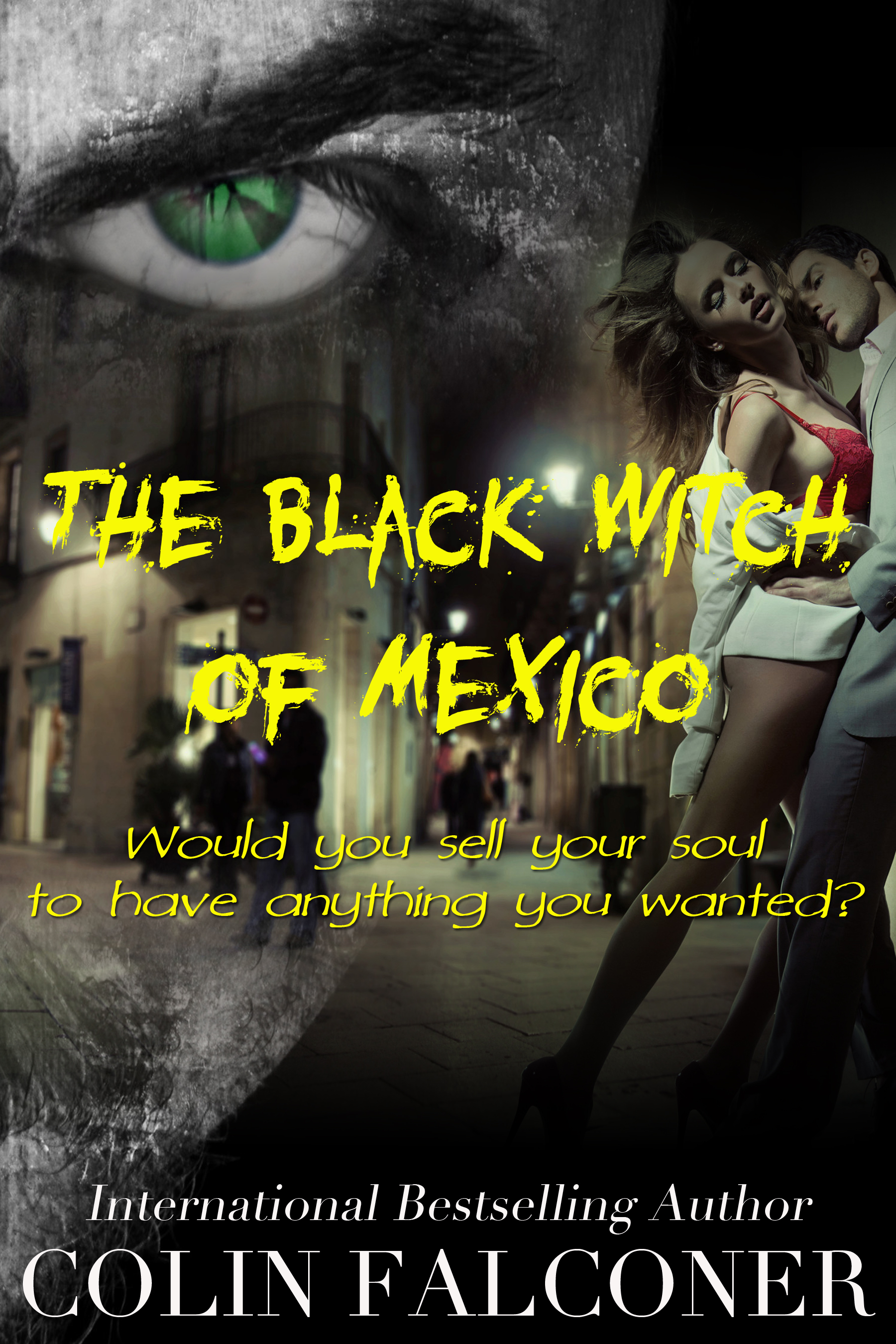
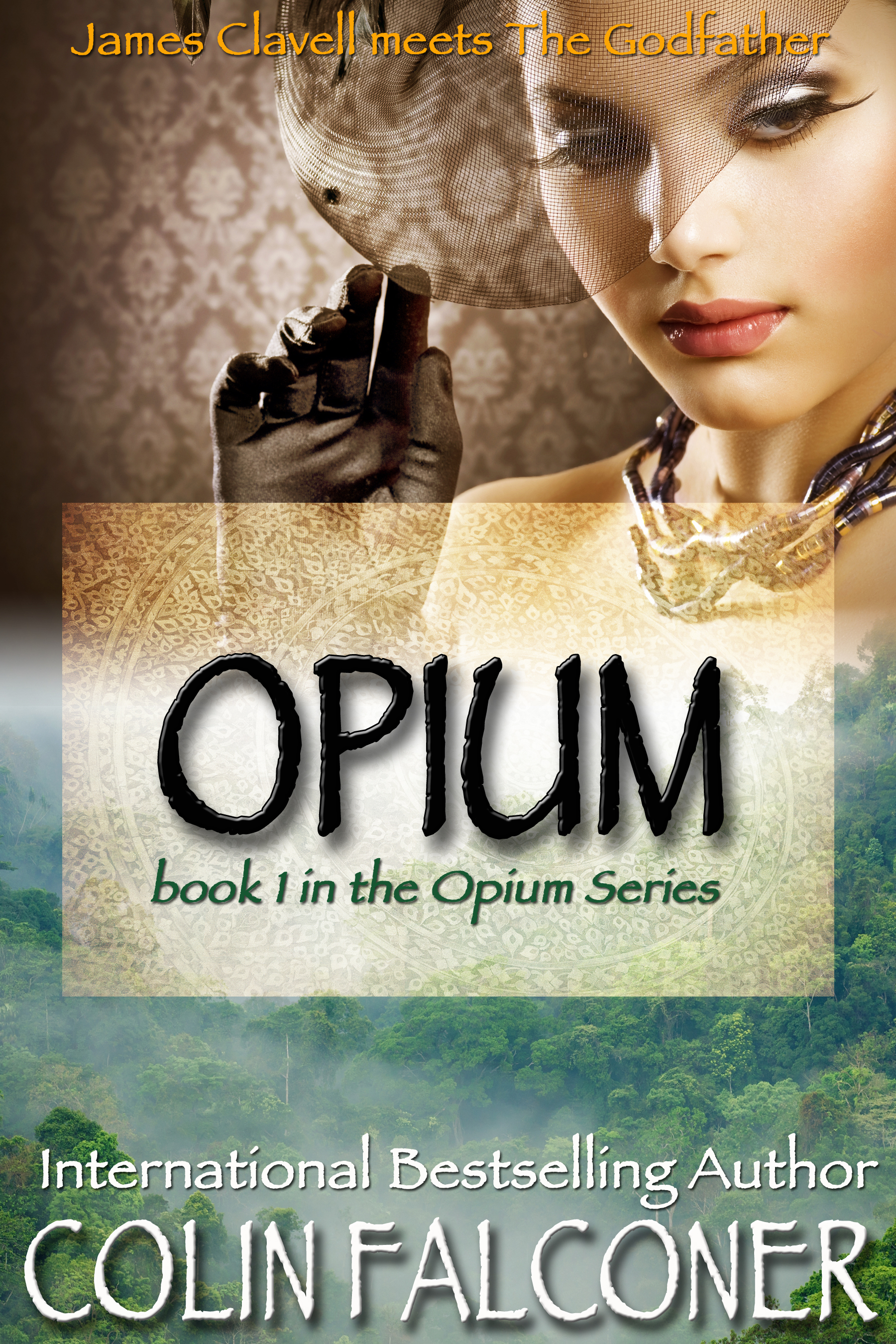
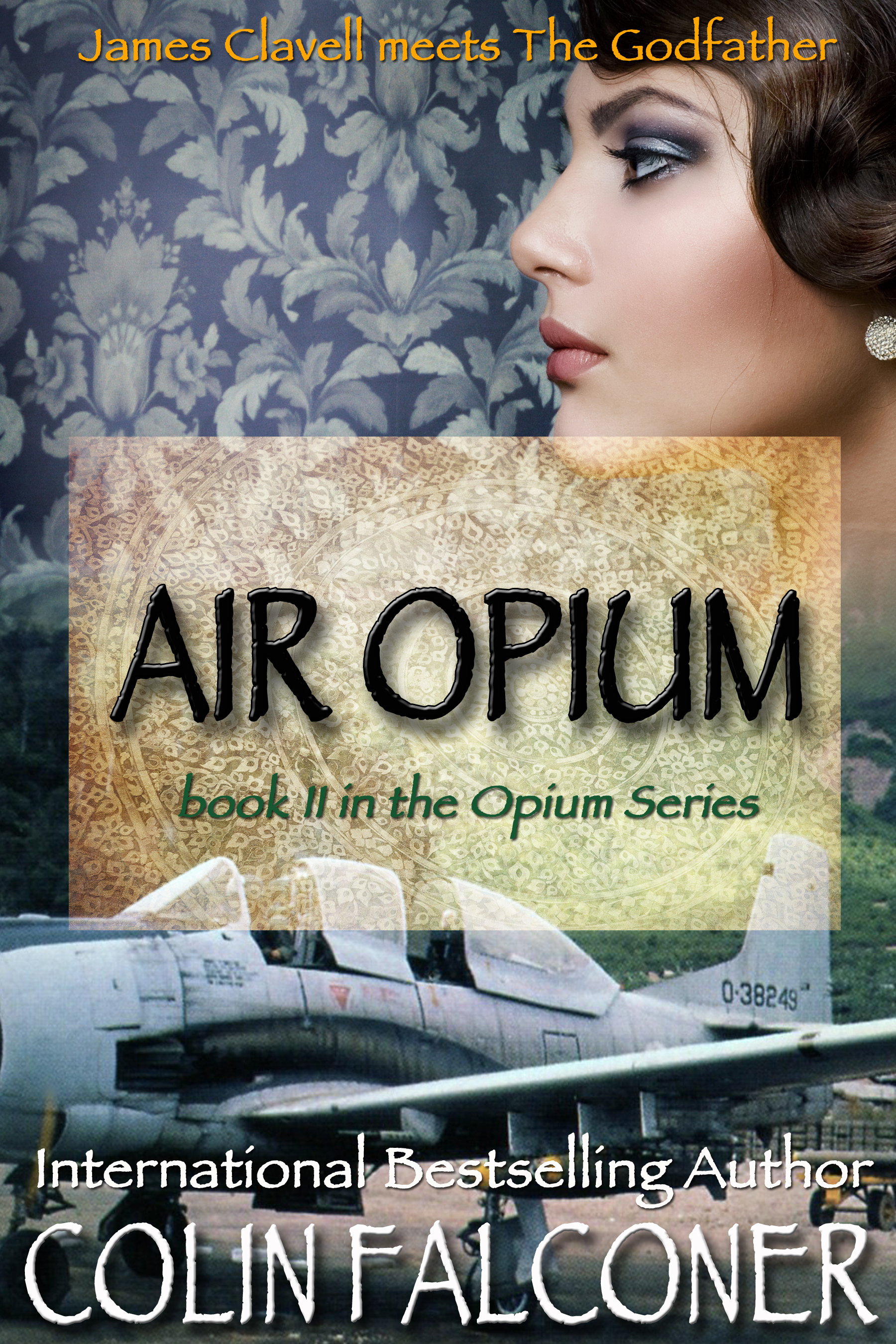
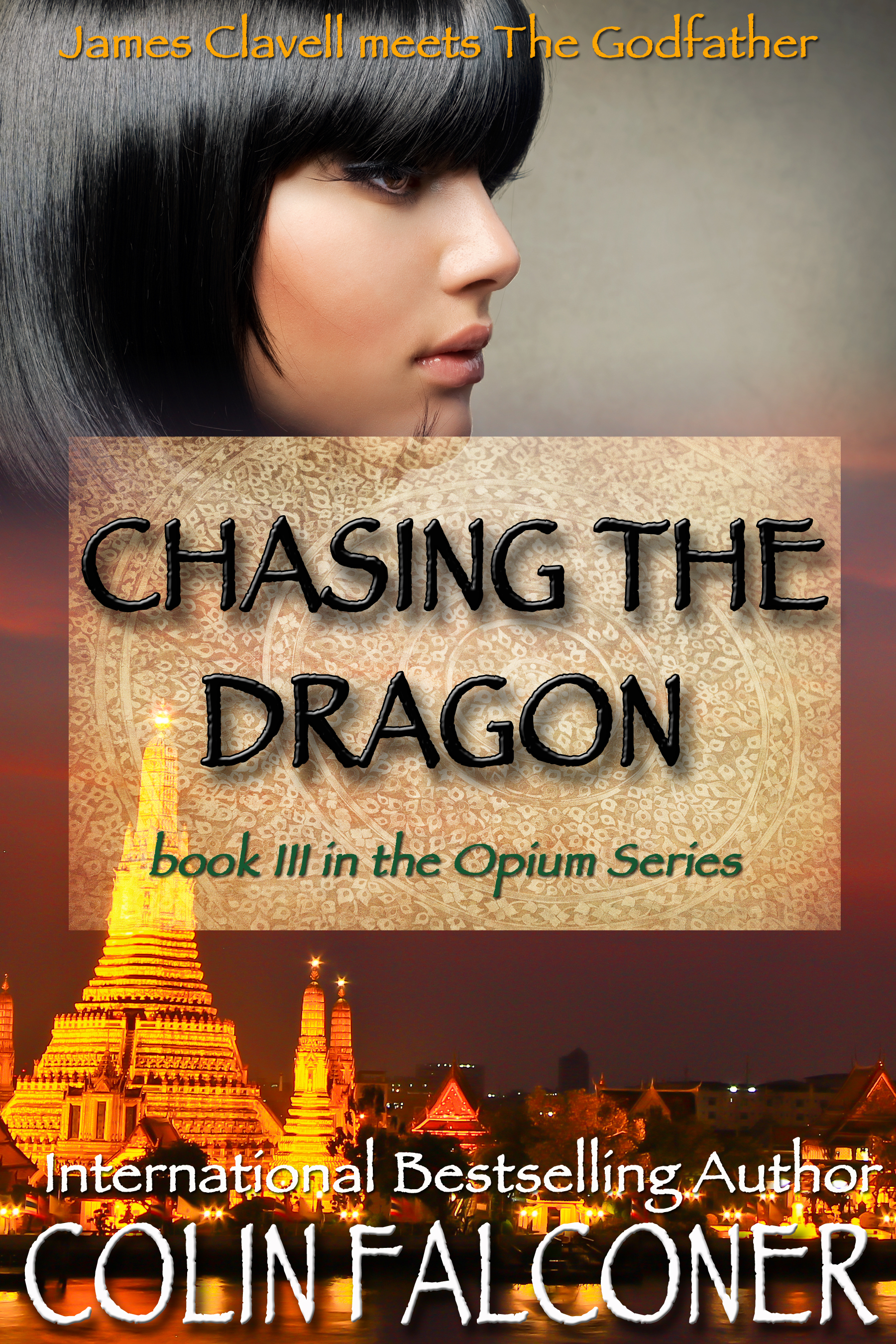
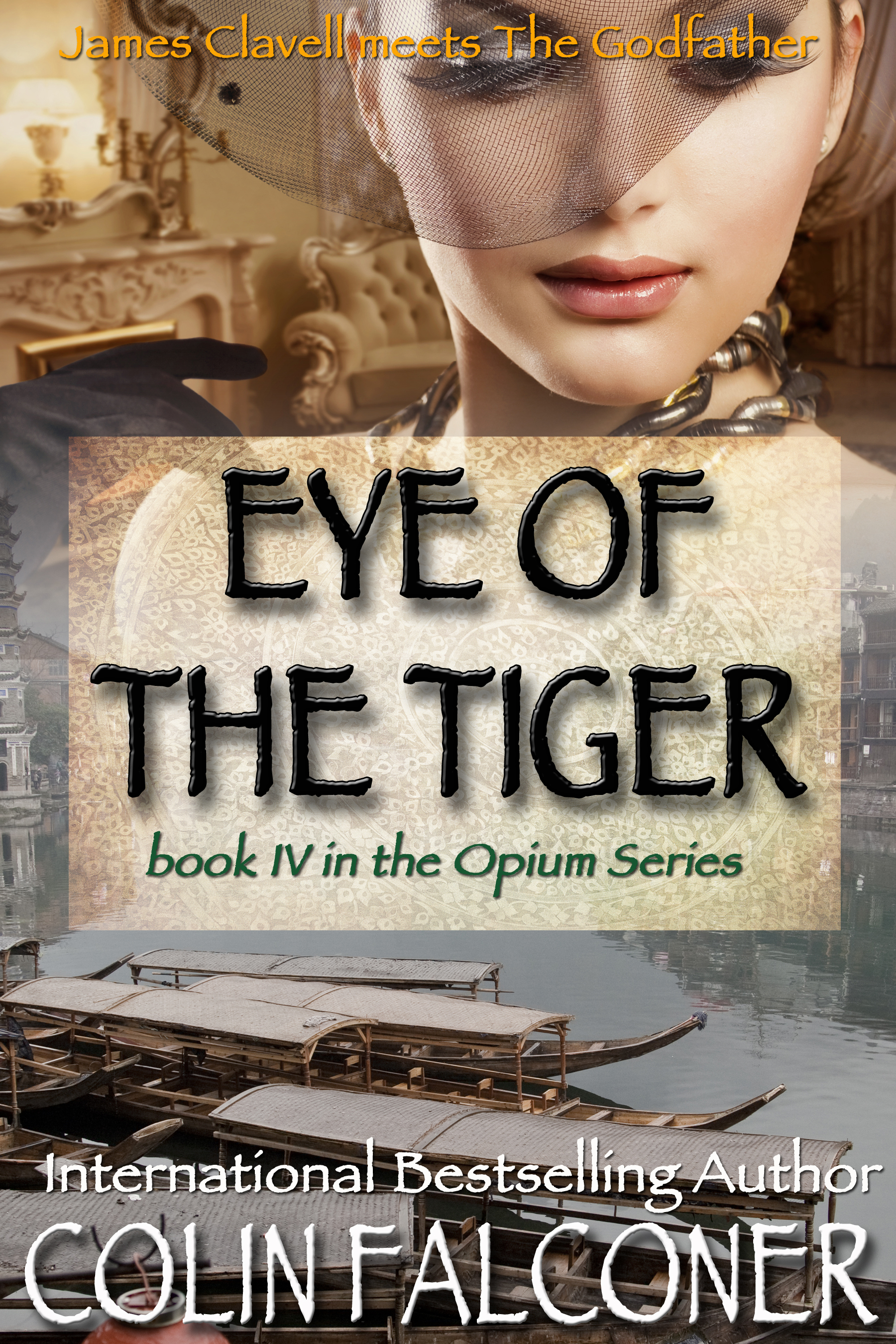
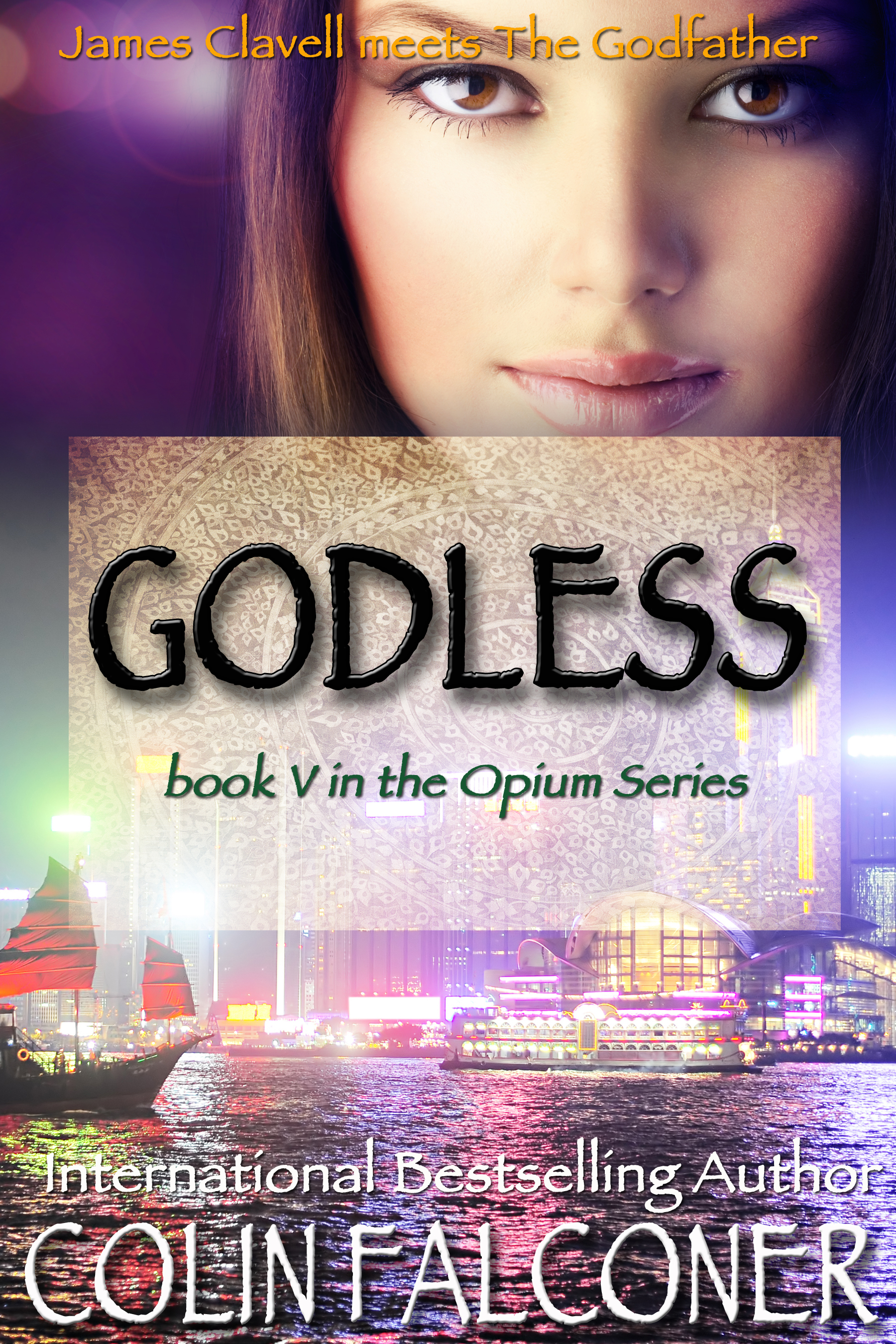
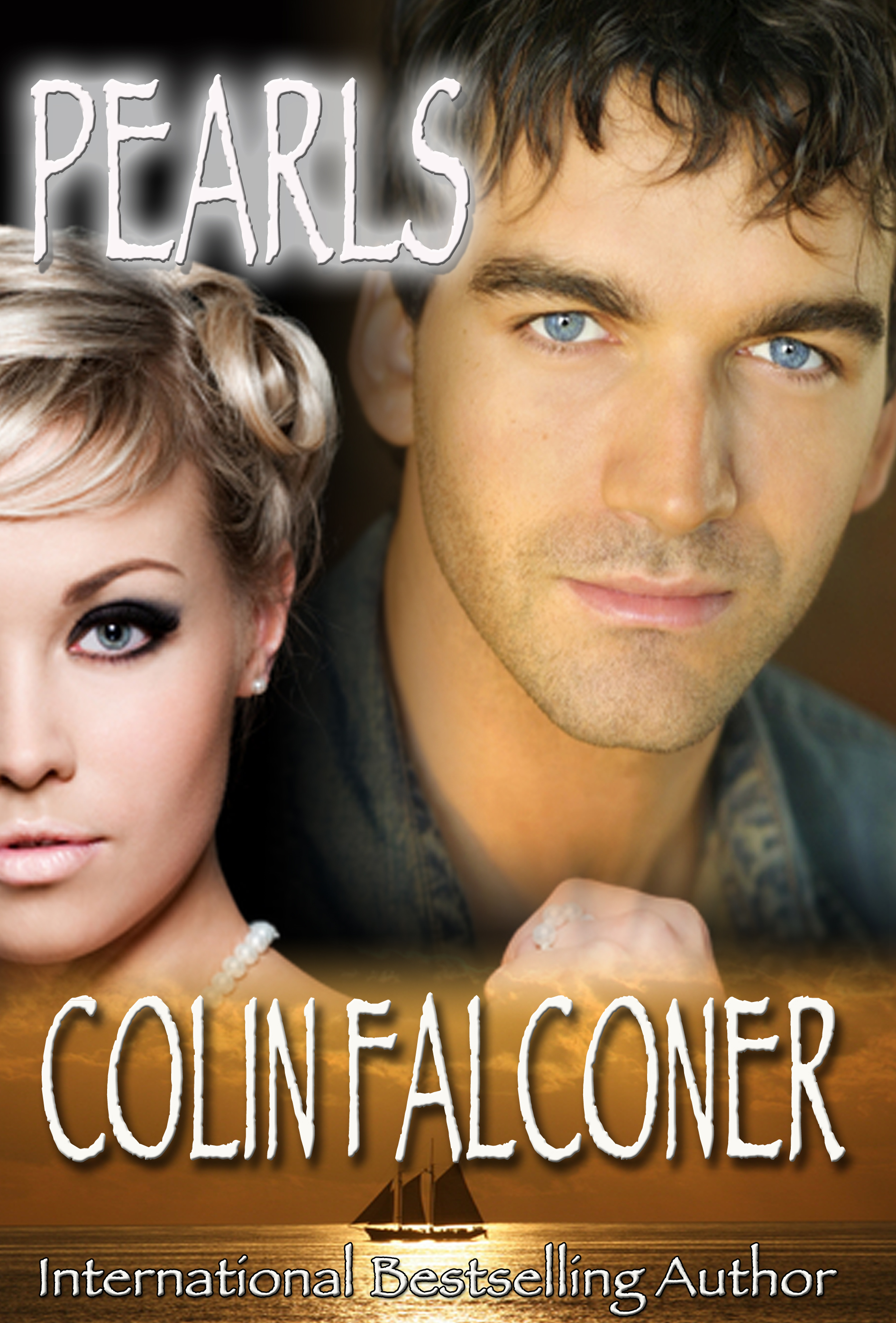

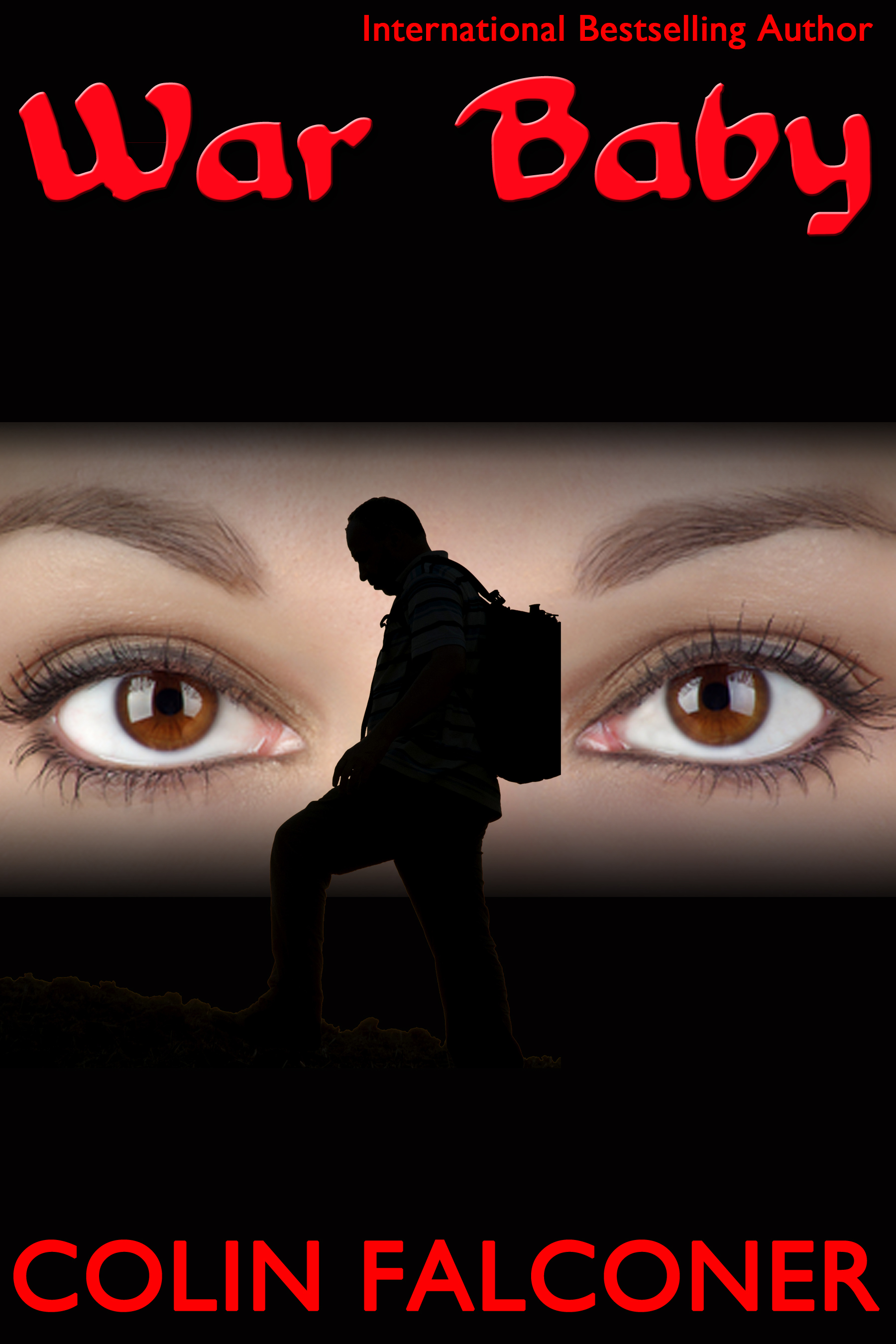
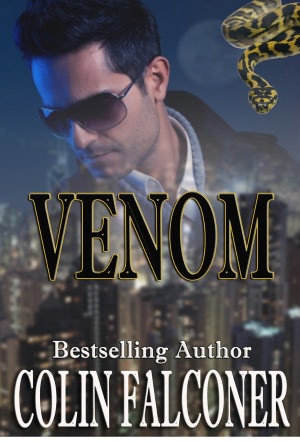
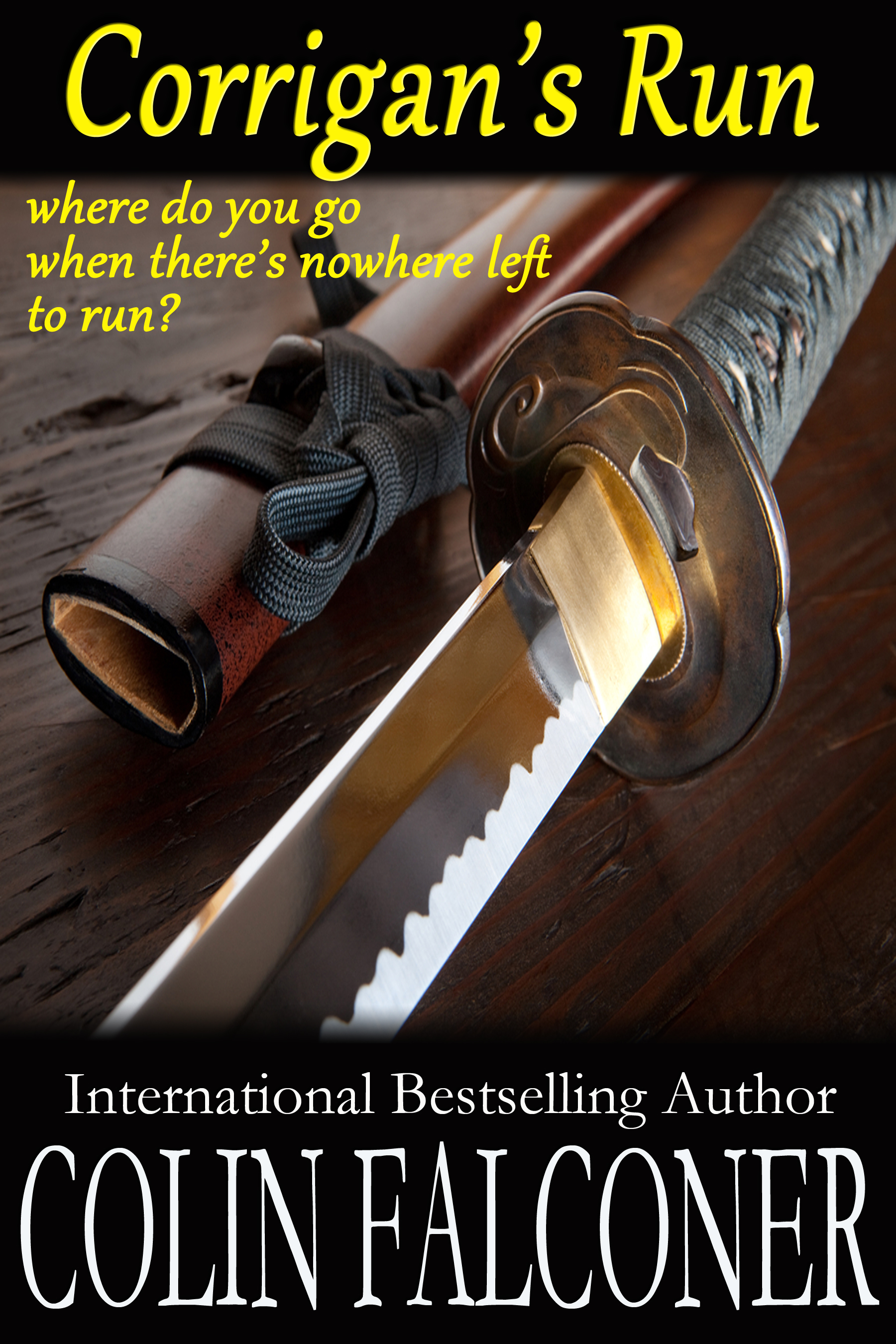
Colin, you are so right! Just let a historical fiction writer make a mistake and it never ceases to haunt us. Speaking of Mel Gibson abominations, lets not forget “Apocalypto.” Once again almost everything was historically wrong-Aztec rather than Mayan culture, impossible scenarios, ridiculous plot-but so what? It was a movie. I understand at least the costumes were reasonably accurate thanks to Gibson’s Mayanist consultant. And the dialogue (such as there was) used Yucatek Mayan, a language little related to the setting, if you could figure out where it was. Such is life for writers and film makers. My HF focuses on ancient Maya culture, so I took particular offense at this movie.
The only bit I saw was the scene where one of the women uses ants jaws to stitch up a wound. I think they got that bit right!
So I have heard, but I’ve not found an archeologically verified example in my studies of the ancient Mayas. Appears ant sutures were used in Amazonian cultures. This is from Brendan I. Korner’s blog: “But Mayan usage of the technique is not mentioned in the peer-reviewed literature; Brazil is the only Western Hemisphere nation where the ant-mandible stitching was definitely practiced. So let’s give Apocalypto half credit on this one.”
What you say is all very true indeed. My father and the Wallace side of the family are descended from another son, as William died without heirs. We have some bits of heirlooms that have been handed down over the centuries, and the Wallace plaid, but being crofters, the Wallace clan itself is considered genteel poor. My father died long before the movie was ever even thought of, but he would have thought the whole thing a load of bollocks. The one son who did have children and also had landholders within the croft, took the Wallace name. After the betrayal of Sir William by Robert the Bruce, most Wallaces would not consider marrying outside the clan, so I guess we were like “Deliverance v1.0” minus the banjo-playing and the hog-calling.
My folks, by some serendipitous happenstance migrated to the USA during the Great Depression, making me a 1st Generation Scottish-American, a situation which has cause me great trouble with the Governator of our fair state of Florida, as I loathe him and think he is corrupt. He, in his turn is trying to oust me from my homeland and send my back to Scotland. If the USA keeps being stupid, I may let him. Anyway, this is all amusing, but everything you said is true, and I’ve known this for quite a while. Another thing to think about, “Uallace” originally meant “foreigner” and is a term that was given us by the Welsh. As I, like my father, have the ranginess and bearing and coloring of what may have been the Vikings, or even earlier, Hadrian’s Scythians, from where did we originate? I’ve always had a hankering for the Black Sea.